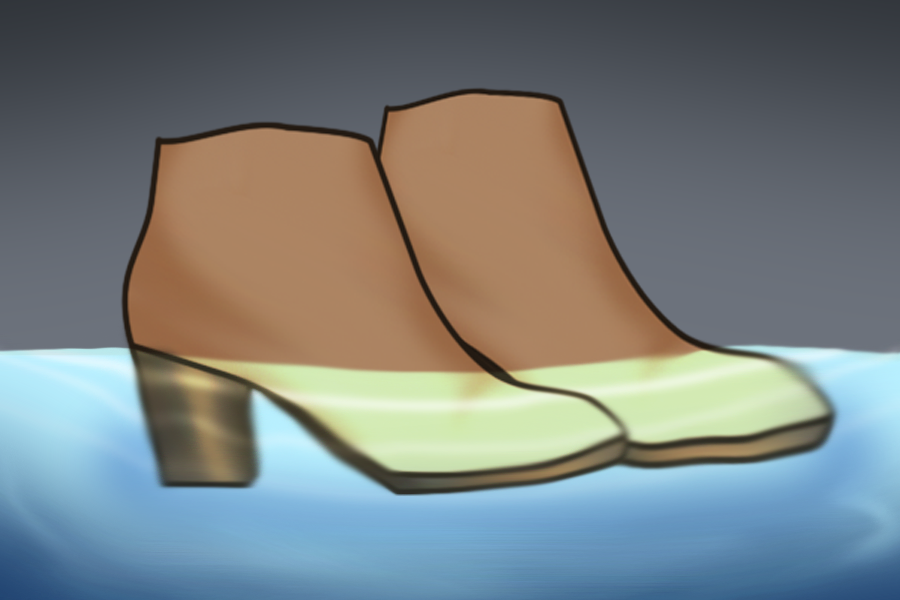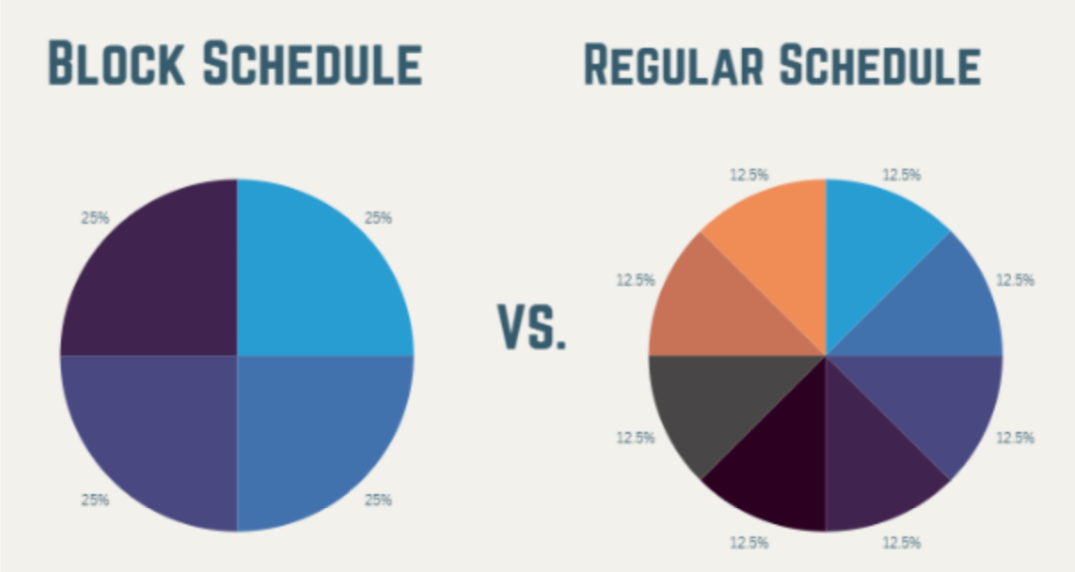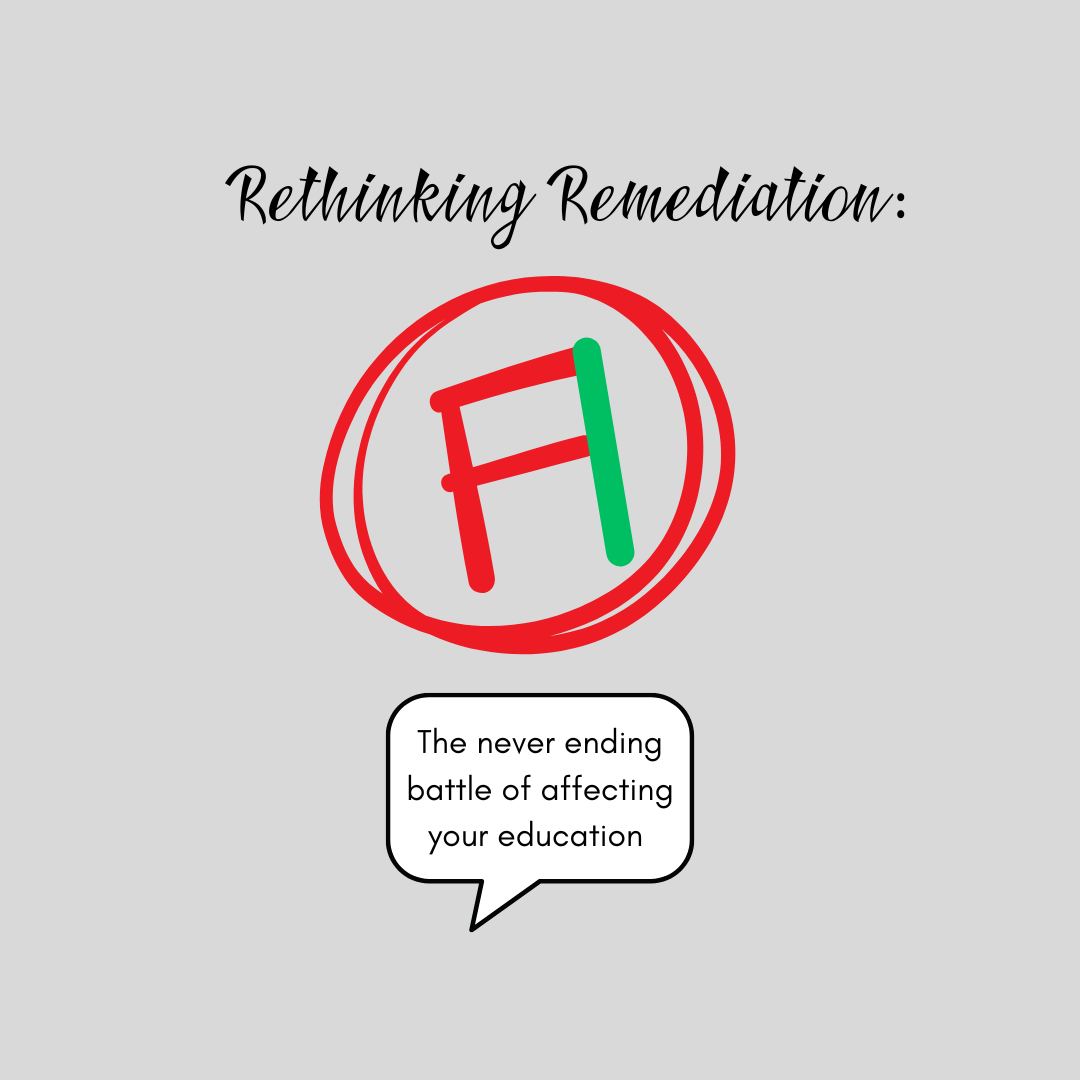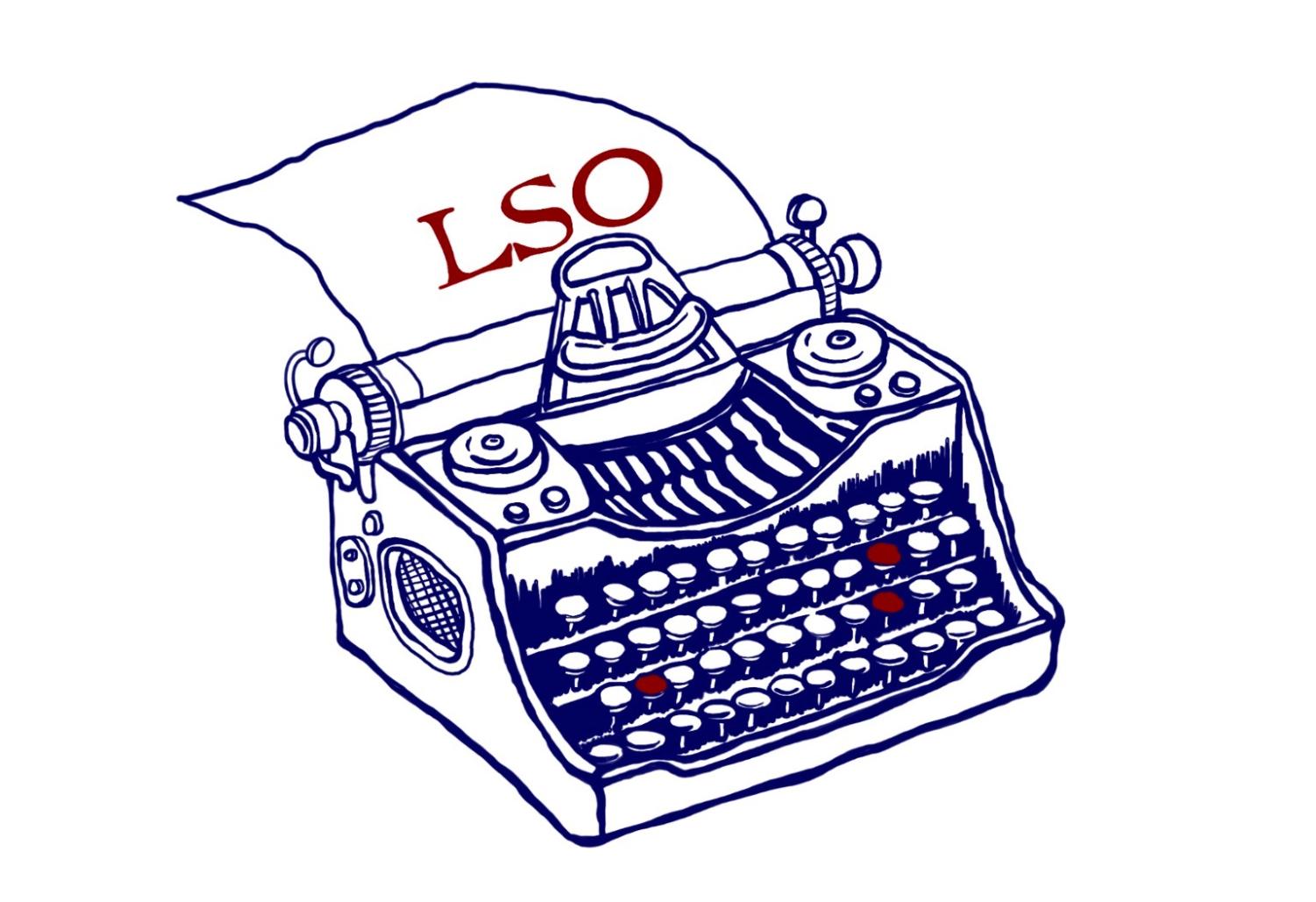Your mom dragged you into the store on your way home and claimed that it was going to be a “quick in-and-out trip”. Fast forward about an hour and your mother has remembered two dozen things that the house is out of, and you’re being pulled into a full commitment shopping extravaganza with no end in sight.
You’re trudging along behind her with the shopping cart, maybe daydreaming, maybe texting every one of your contacts about your unfortunate situation, and mentally smothering yourself while your mother spends ten minutes debating which brand of face soap is a better deal. Suddenly, out of the corner of your eye, you spot the most beautiful pair of clearance shoes you have ever seen.
You are instantly drawn to them: they are your favorite color, your favorite style, and they are in your size. You remember the 20 dollars you have tucked in your wallet and you look at the marked down price and it’s 20 dollars. It would be stupid not to buy them, right? Why shouldn’t you buy them?
Allow me to explain.
As tempting as those shoes might look, you shouldn’t buy them, because you don’t need them. You might not realize, but the purchasing of unnecessary goods, such as that perfect pair of shoes, is a contributor to your carbon footprint.
According to ethical.org, the textile industry is the world’s third largest consumer of water right behind the paper and oil industries.
A majority of the water used by the textile industry is used in the farming of cotton, from which 40% of the the world’s clothing is made. Cotton farms require 30,000 liters of water per kilogram of cotton produced.
I want you to think of all the cotton clothing on your body right now: your socks, jeans, shirt, and even those oh-so-comfy undies you got for christmas. Now, I want you to picture a large pond, because that’s about the amount of water that was necessary for just the very beginning of the production of the clothes you’re wearing.
Let’s move onto fabric dyeing. We all love nice bright colors, right? As it turns out, dyeing just one kilogram of fabric requires a surprising 600 liters of water.
When you add together the total amount of water needed from both the production of cotton and dyeing of fabric, it takes about 2,700 liters of water to produce one simple cotton t-shirt. One plain cotton t-shirt without any frills that you could buy at walmart for about 10 dollars.
With the amount of water that goes into the production of textiles and other products, it is important that as consumers, we do not make unnecessary purchases if we want to protect our environment. I don’t mean to spoil your next shopping trip, but not purchasing unnecessary goods is as crucial to fighting global warming as recycling and turning off the water when you brush you teeth.
And admit it. As teenagers, we are all about purchasing things we don’t need.
So instead of buying those unnecessary shoes, put the money to a better and more environmentally friendly use such as saving it up for college or donating it to a wildlife fund.

















